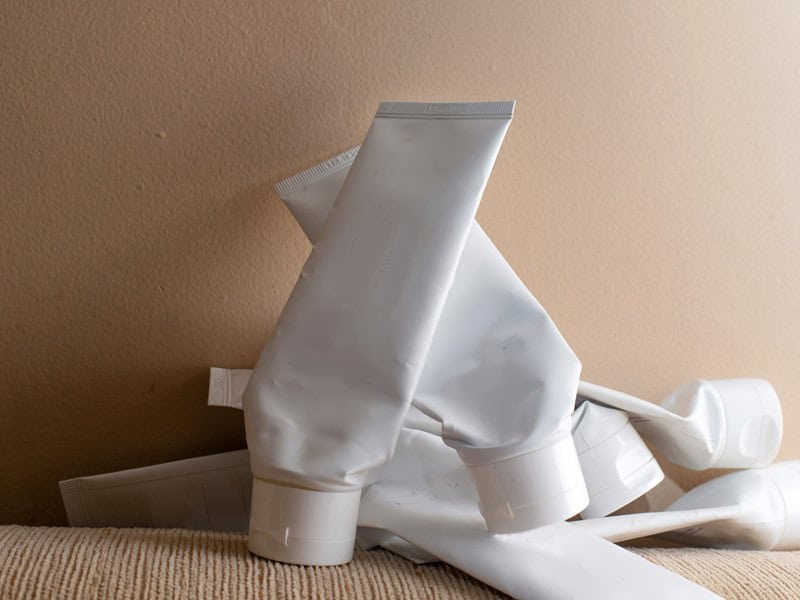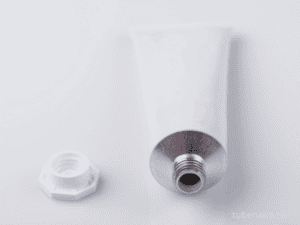In the realm of packaging, particularly for products such as ointments, creams, and gels, the choice of material can have significant implications for both product integrity and environmental impact. Aluminum collapsible tubes and plastic tubes are two popular options, each with its own set of advantages and drawbacks. But when it comes to environmental sustainability, which material stands out as the better choice? Here are some environmental considerations of aluminum empty tubes versus plastic tubes.
The Environmental Impact of Aluminum Empty Tubes
1. Recyclability and Circular Economy: Aluminum is one of the most recyclable materials available. It can be recycled indefinitely without losing its quality, making it a cornerstone of the circular economy. Recycling aluminum saves up to 95% of the energy required to produce new aluminum from raw materials, significantly reducing greenhouse gas emissions. Many aluminum tubes in the market today are made from recycled material, further enhancing their eco-friendly profile.
2. Resource Extraction and Production: The extraction of bauxite, the primary ore for aluminum, does have environmental impacts, including deforestation and habitat disruption. However, advancements in mining practices and a strong emphasis on recycling have mitigated some of these effects. Moreover, the production process of aluminum, while energy-intensive, is becoming more efficient with technological advancements and renewable energy sources.
3. Waste Reduction: Aluminum empty tubes are designed to be completely collapsible, allowing users to extract nearly all of the content within, thereby minimizing waste. This is a significant advantage over other packaging materials where residual product often goes unused.
The Environmental Impact of Plastic Tubes
1. Recyclability and Waste Management: Plastic recycling is more complex and less efficient compared to aluminum. While some types of plastic tubes can be recycled, the rates are relatively low due to contamination, sorting challenges, and the degradation of plastic quality after recycling. As a result, a substantial amount of plastic packaging ends up in landfills or as litter, contributing to environmental pollution.
2. Production and Energy Consumption: The production of plastic tubes typically involves petroleum-based raw materials, which are non-renewable resources. The extraction and processing of these materials are energy-intensive and contribute significantly to carbon emissions. Additionally, the production process of plastics releases various harmful chemicals and pollutants into the environment.
3. Environmental Persistence: Plastic’s durability, while beneficial for packaging, is a double-edged sword. Once discarded, plastic tubes can persist in the environment for hundreds of years, contributing to long-term pollution problems. Microplastics, resulting from the breakdown of larger plastic items, pose severe threats to marine life and ecosystems.
Comparative Analysis: Aluminum vs. Plastic
1. Energy Efficiency
While both aluminum and plastic require substantial energy for production, aluminum’s recyclability means that over time, the energy savings from recycling aluminum far outweigh the energy costs of its initial production. Plastic, on the other hand, is less efficient to recycle and often downcycled into lower-quality products.
2. Environmental Persistence
Aluminum does not degrade into harmful pollutants if it ends up in the environment. In contrast, plastic’s persistence as microplastics poses significant ecological and health risks. Aluminum’s ability to be recycled multiple times without loss of quality further reduces its environmental footprint.
3. Waste Management
Aluminum’s high recyclability rates and the efficiency of the recycling process make it a more sustainable option. Plastic’s lower recycling rates and the environmental issues associated with plastic waste management highlight its drawbacks.
The Solution Goes to Aluminum Empty Tubes
When considering the environmental impact of aluminum empty tubes versus plastic tubes, aluminum emerges as the superior choice due to its high recyclability, energy efficiency, and minimal environmental persistence. While both materials have their roles in packaging, aluminum collapsible tubes offer a more sustainable option. As industries and consumers become more environmentally conscious, the preference for aluminum over plastic is likely to grow, driving further innovations in sustainable packaging solutions.
Guangzhou Xinyi Enterprise Ltd manufactures aluminum empty tubes ranging from 10 mm to 32 mm in diameter. Tubes can be customized with the client’s brand logo and text. Available are adhesive glue tubes, cosmetic soft tubes, toothpaste tubes, white paint tubes. For inquiries, please contact us at: sales@tubenaire.net



